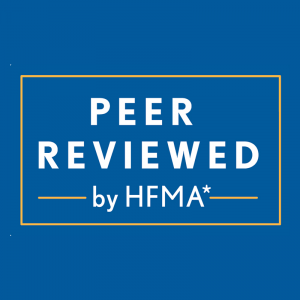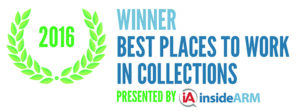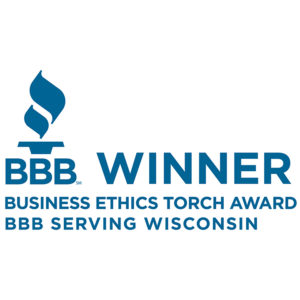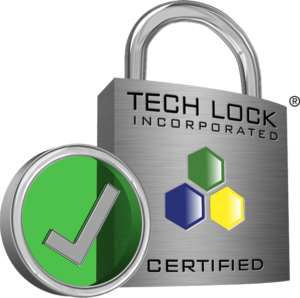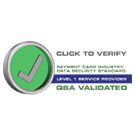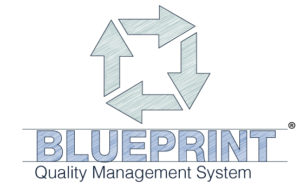No two patients are the same. Each has a very personal healthcare experience and each has distinct financial needs and preferences that have an impact on how, when and if they will choose to pay their healthcare bill. It’s no longer effective to apply static billing techniques to solve the complex challenge of collecting balances from patients. The need to tailor written financial conversations and payment options to individual needs is critical. This article provides six recommendations that will not only help you improve payment performance through a more tailored approach, but will also improve patient satisfaction.
- Tailor Statement Messaging to be Specific to the Patient Demographic
Patients are very different from one another and so are their preferences and capabilities. Each patient has a different lifestyle, financial situation, and even a different level of technical ability. Some examples of tailored messaging include:- Advertising payment plans on high balance statements
- Clearly identify easy online and mobile payment options on small balance statements
- Promote your patient portal to those with families or those who have an active visit history
- If you offer a prompt pay discount, advertise it – especially to those patients who have a substantial amount due. Promote the program on the front of the statement where it is sure to be seen, not on the back of the statement where some patients never look.
- Use Alternate Channels to Notify Patients of Payment Due Dates
Patient financial messaging should be a cohesive effort that starts at the point of service and carries through after-care billing. Use different avenues of communication with your patients and see a higher response rate.
- Information at the point of service
- Email notifications
- Paper statement messaging
- Messaging through the patient portal
- Make it Easy for Patients to Opt-Out of Paper / Opt-In for E-Statements
Reduce paper costs, speed up delivery time, and improve patient satisfaction with eStatements.- Make sure the enrollment process is fast and easy with limited steps and questions for the patient to fill out
- Use pre-populated payment screens where possible
- Integrate with your patient portal
- Provide Convenient Options for Patients to Pay Online Without Logging In
Many patients don’t want to create another username and password just to make an online payment for their medical visit. Especially patients who don’t have an active medical condition that requires frequent visits. In fact, up to 75% of patients who pay online choose to make a one-time payment without ever logging in. If you don’t provide this option to patients, you are potentially discouraging a large number of patients from paying their bill online.
Studies have shown that patients who pay online tend to pay significantly faster. It is very important that providers make it as convenient as possible for patients to pay online to maximize the number of online payments collected, and ultimately improve the overall speed of collecting.
- Provide Access to Statements from Your Patient Portal
Patients enroll in patient portals to more easily and conveniently manage their health records, appointments, and to communicate with their providers. To further enhance their experience and satisfaction, exact copies of patient statements should also be accessible from the portal. This provides access to all the information a patient needs if questions surrounding their statement arise. Patients can compare statements to their visit history, EOBs they receive in the mail, and insurance claims from one central location. Not only does this improve patient satisfaction, it boosts patient portal adoption and reduces inbound support calls.
- Collect Payments at the Point of Service
- Start the financial conversation at the point of service. Give the patient an estimate of charges and promote financial services available to them as well as any prompt pay discounts or payment plan options
- Develop internal procedures to encourage an upfront payment before the patient leaves the facility or when they check-in at their next scheduled visit
- Proactive patient financial engagement provides a more positive billing experience and reduces billing questions after a statement is generated
The bottom line is, keeping your eye on the details will undoubtedly generate results. Evaluate your current statement and patient communication methods to determine areas of improvement. Regularly analyze your patient statement design, patient communication, statement messaging and statement advertising. Set up benchmarks to measure your progress. With each change to the statement – measure the number of patient payments collected and the volume of inbound support calls to determine its success. Continue to make adjustments to your communication strategies in order to maximize results!
About State Collection Service, Inc.
Since 1949, State Collection Service has provided quality collection service to countless healthcare organizations.
Through experience and innovation, State Collection Service has grown to become a tremendously credible and nationally-recognized collection agency offering services from pre-registration to bad debt. It is upon the basis of ethical behavior and a dedication to integrity that each State Collection Service employee works to uphold the company’s vision – Partnerships for a Lifetime.
*This article first appeared in “A State Collection Service, Inc. Newsletter Volume 21, Issue 3, Third Quarter 2015”




